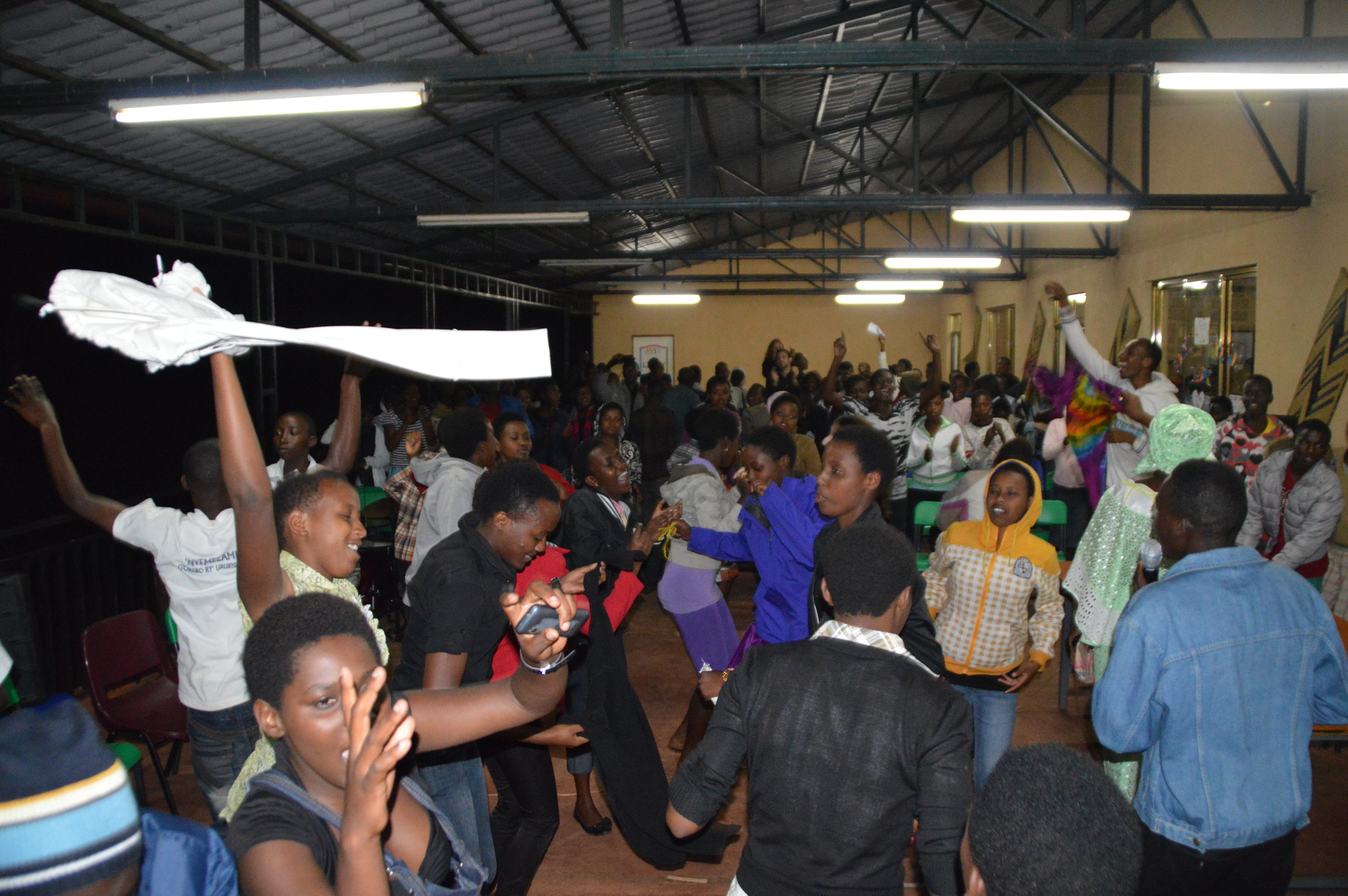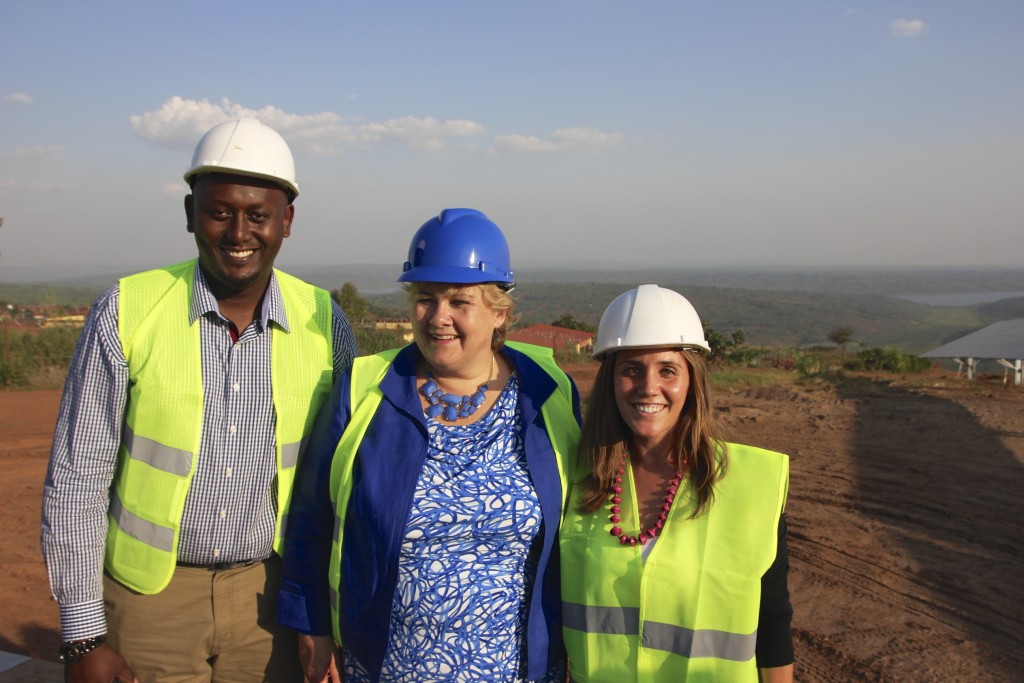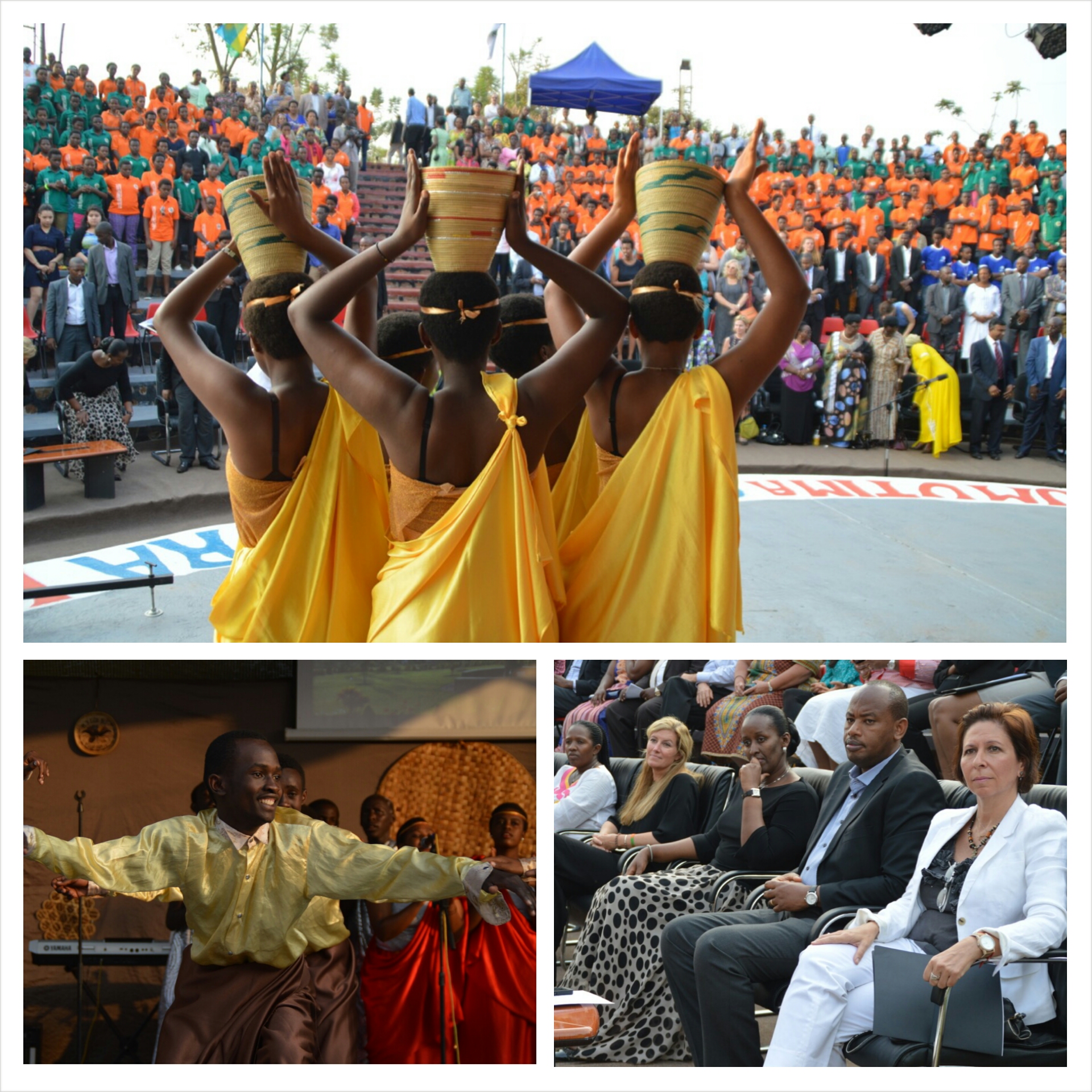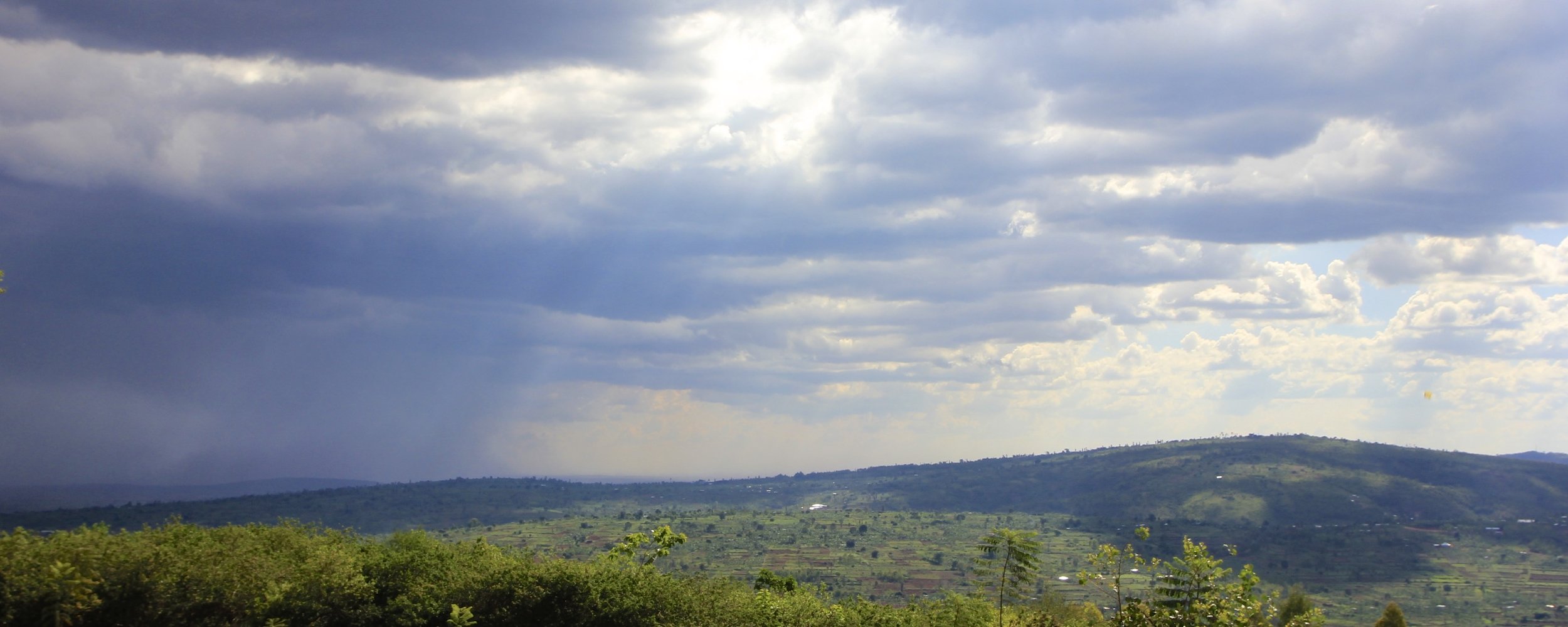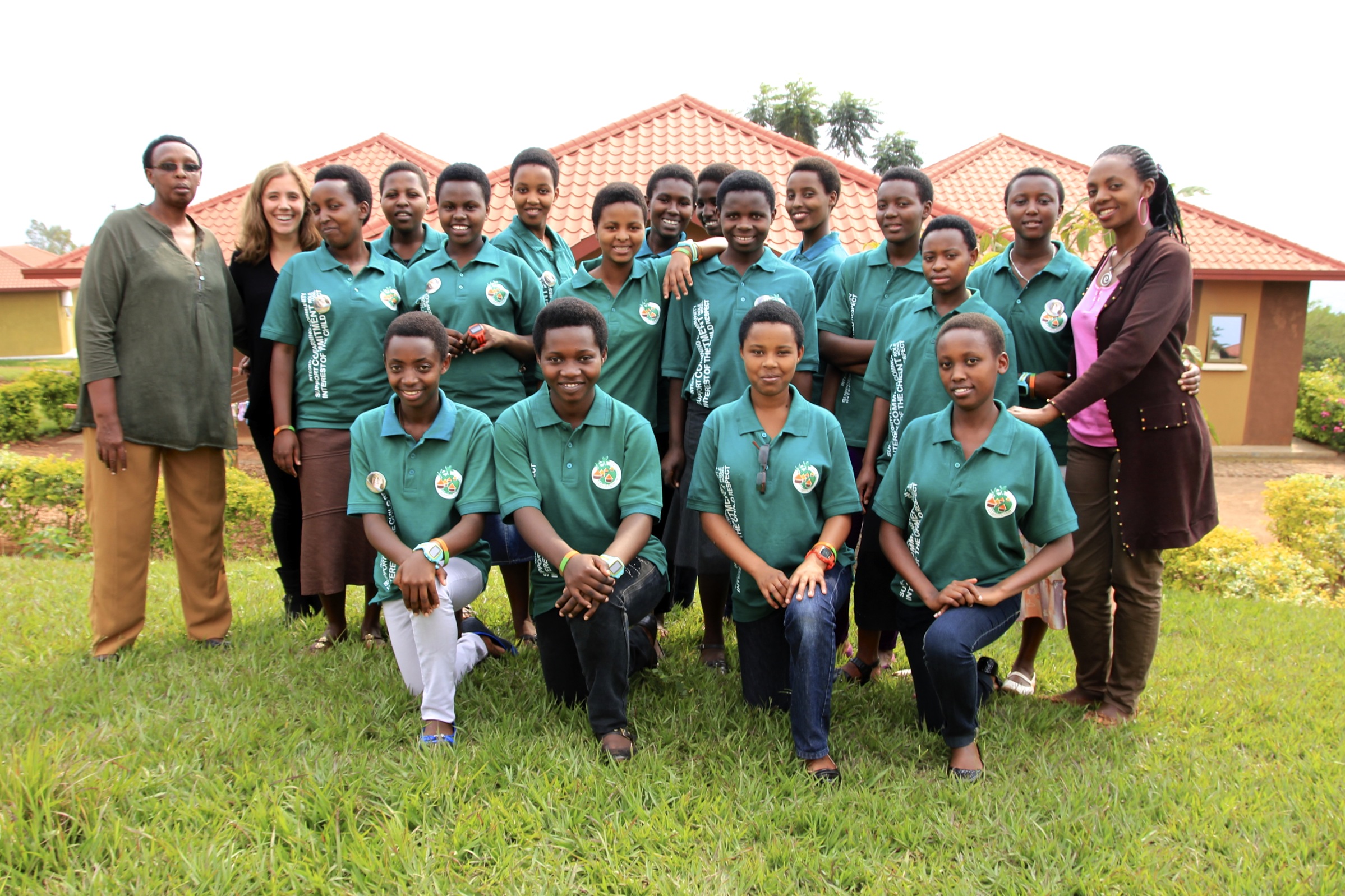I have a pretty good life. Actually, I have a wonderful life. I have a job. I have a family. I have relatively free mobility to move in and out of my country. I have a nationality. I have a place to call “home.” Nothing could have prepared me for the visit to Kiziba Refugee Camp, located about 45 minutes from my comfortable hotel overlooking Lake Kivu in the western part of Rwanda. I hopped in the van with the rest of the Global Youth Connect group early in the morning and we set off for a bumpy ride through rolling hills winding around narrow dirt roads.
On the horizon, I could see a blanket of huts and buildings, what looked like the size of a small city. In a way, Kiziba is a small city made up of more than 15,000 Congolese refugees, of which 50% are under the age of 18. The camp opened in 1996 to accommodate the growing number of people fleeing from the Democratic Republic of Congo due to political instability.
Before touring the camp, we met with the
United Nations High Commissioner for Human Rights
(UNHCR) and the
American Refugee Committee
(ARC), the camp management. The existence of this camp is funded entirely by international assistance.
A refugee has three options: repatriate back to his or her home country, assimilate into the host country, or relocate elsewhere (if possible). Unfortunately, it is quite difficult for the latter and it could take up to three years to find a country willing to accept a refugee and then process the request. For those with more serious medical issues that cannot be treated in Rwanda, the process can take as little as two weeks. Many still desire to return to their home country though. The UNHCR set a goal to resettle 2,400 people in Rwanda for 2012, almost three times the number resettled in 2011. I hope they will succeed.
We listened to various representatives explain the work that is being done to assist the refugees. A couple of positive remarks were that all persons affected with HIV have 100% access to drugs and all persons are given 38 liters (10 gallons) of water per day, higher than the standard ration of 20 liters (5 gallons).
Although there are a few positives in the camp, the challenges far outweigh the success stories. Rape, gender-based violence, poverty, and prostitution are just a few of the daily problems that the UNHCR and the ARC face. More than 30 women give birth each month. Children run away. Women leave the camp to prostitute themselves in nearby towns for pennies. Youth turn to drugs and violence. The list goes on.
After the grim meeting, we split into two groups to tour the educational and medical facilities. I chose the educational tour, which consisted of the vocational training center, the computer lab, and the school.
The vocational training center was a series of small rooms in mud huts, each with a different function. The instructors for sewing and cooking provided a brief overview of their programs, which last approximately one year. I appreciated the vocation training centers because it provides skills that will hopefully lead to employment. The center is rather small, but I hope they will be able to further develop this component in providing more people with opportunities in the camp.
Then, we viewed the compute lab, which teaches children IT skills. The children were playing a computer game to improve their typing skills. The lab is also fully equipped with Internet access.
As we were walking to the school, I was informed that the UNHCR had just received a phone call from the medical staff to see if they could use their car to transport a child to the hospital, as a result of child abuse. My heart shattered. These are the types of issues that the staff in the camp face on a daily basis.
Our last stop was the school. Students are required to attend school for nine years and adhere to the curriculum guidelines set forth by the Rwandan government. Unfortunately, many students do not continue their education for a number of reasons: lack of motivation, parents do not have the money for school fees (and turn to prostitution), or the schools are too far away from the camp. The UNHCR recognized this as a priority issue within the camp due to the large number of children.
Walking around the camp was surreal. It is hidden away from everyone else, nestled on top of a mountain. The people are isolated and cut off from the rest of the world. It is its own self-contained community equipped with a medical facility, a school, small stores, and even three dance venues. I met some refugees who have been living there for more than 17 years and the young children in the camp do not know of any other life. For them, this is their home.
When walking down the dirt road, I wanted to give them the clothing off my back, the food that I had to the children who followed me down the road. I wanted to give them the world, the life I had. But I couldn't.
Visiting the camp was not only overwhelming; but again, depicted the severe troubles and injustices in this world. Well, my eyes have seen it now and the images I saw are burnt into my mind. If I cannot give them the clothes off of my back or the life that I have now, I can at least advocate for their welfare and shed light on their situation. I hope that one day they have a better place to call "home."
Further Reading
To learn more, the full Kiziba Camp program report will be available soon on the Global Youth Connect/Turikumwe blog.
A Note of Appreciation
I would like to give a special thanks to those who donated educational supplies for my trip. Some of the supplies went to the Kiziba Refugee Camp primary school. Although it's not enough for the thousands of children at the camp, it's certainly a start. Thank you.





